.png) |
|||
|---|---|---|---|
| Ads | |||
|
Cu Chi Tunnels, the history tunnel of the Vietnam War |
|||
|
Friday, 10 June 2016, 11:20 AM 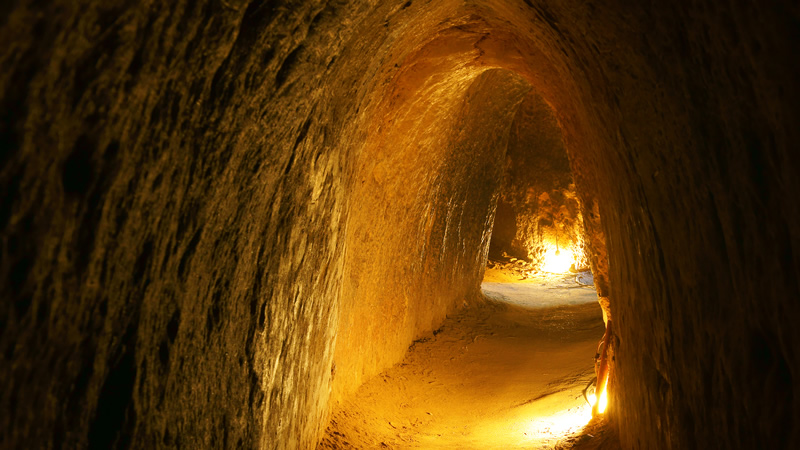 In order to combat better-supplied American and South Vietnamese forces during the Vietnam War, Communist guerrilla troops known as Viet Cong (VC) dug tens of thousands of miles of tunnels, including an extensive network running underneath the Cu Chi district northwest of Saigon. Soldiers used these underground routes to house troops, transport communications and supplies, lay booby traps and mount surprise attacks, after which they could disappear underground to safety. To combat these guerrilla tactics, U.S. and South Vietnamese forces trained soldiers known as “tunnel rats” to navigate the tunnels in order to detect booby traps and enemy troop presence. Now part of a Vietnam War memorial park in Ho Chi Minh City (formerly Saigon), the Cu Chi tunnels have become a popular tourist attraction. 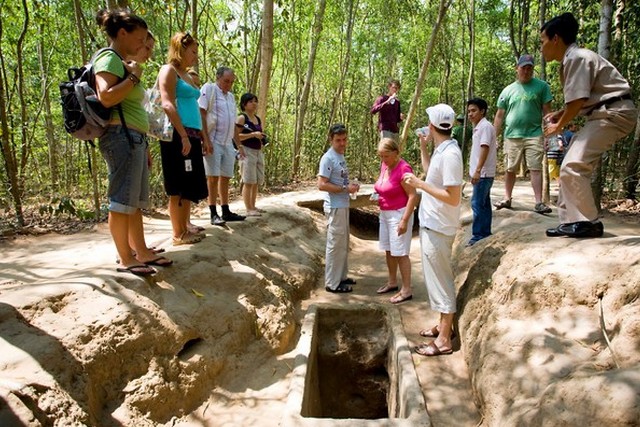 Communist forces began digging a network of tunnels under the jungle terrain of South Vietnam in the late 1940s, during their war of independence from French colonial authority. Tunnels were often dug by hand, only a short distance at a time. As the United States increasingly escalated its military presence in Vietnam in support of a non-Communist regime in South Vietnam beginning in the early 1960s, North Vietnamese and Viet Cong troops (as Communist supporters in South Vietnam were known) gradually expanded the tunnels. At its peak during the Vietnam War, the network of tunnels in the Cu Chi district linked VC support bases over a distance of some 250 kilometers, from the outskirts of Saigon all the way to the Cambodian border. 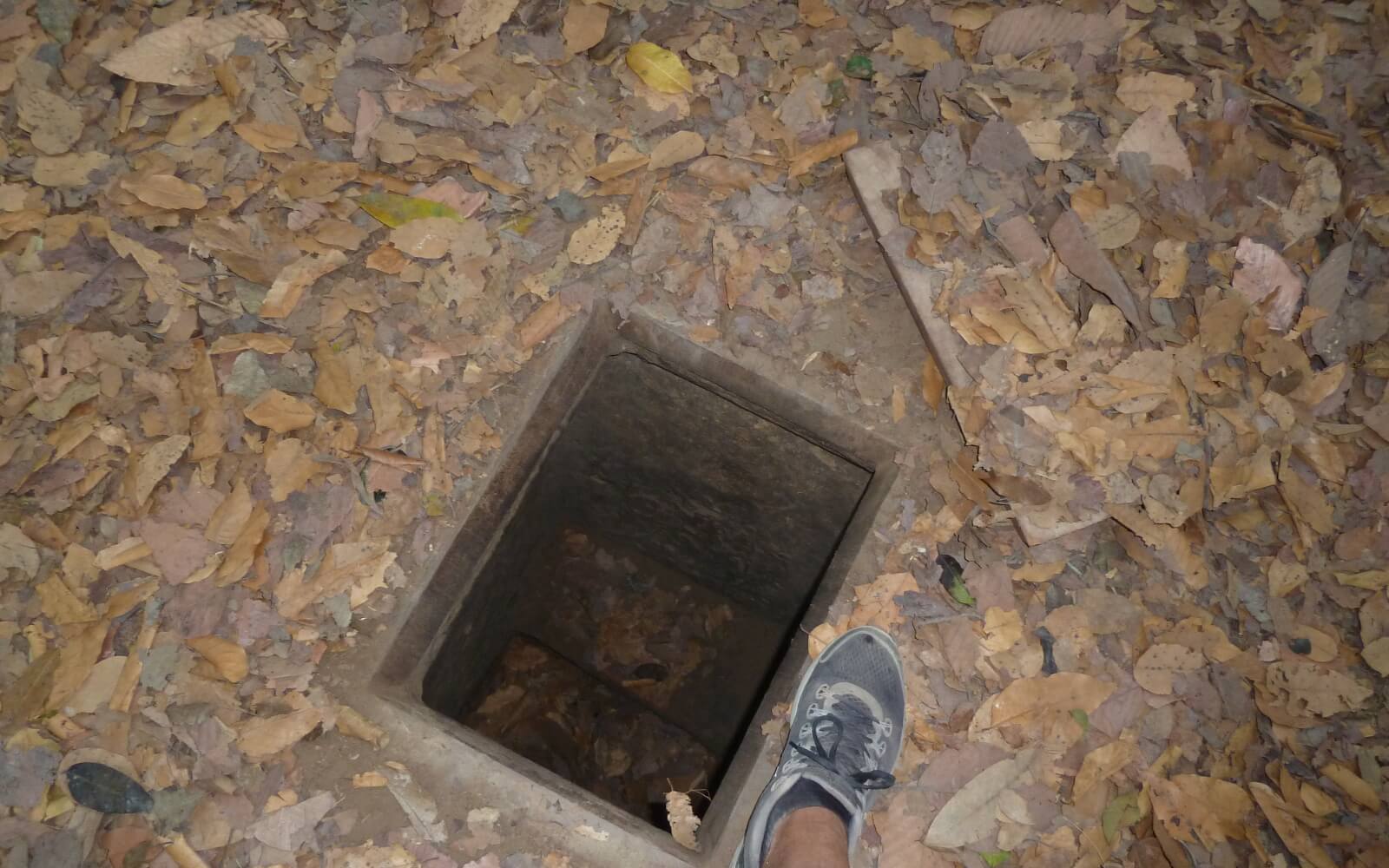 As the United States relied heavily on aerial bombing, North Vietnamese and VC troops went underground in order to survive and continue their guerrilla tactics against the much better-supplied enemy. In heavily bombed areas, people spent much of their life underground, and the Cu Chi tunnels grew to house entire underground villages, in effect, with living quarters, kitchens, ordnance factories, hospitals and bomb shelters. In some areas there were even large theaters and music halls to provide diversion for the troops (many of them peasants) and their supporters.
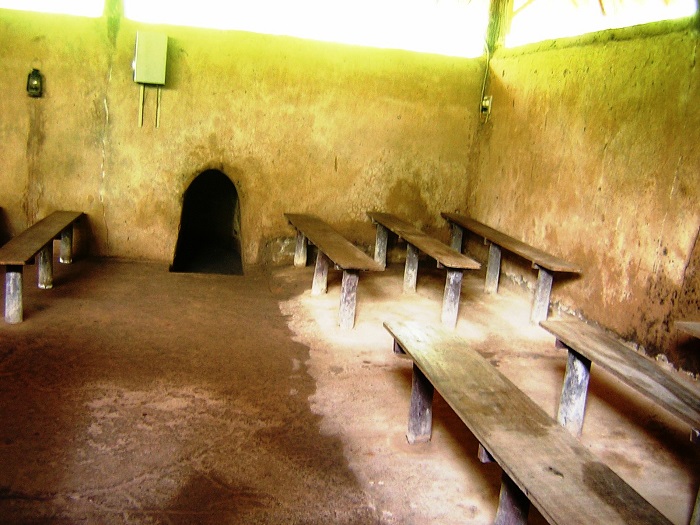 In all, at least 45,000 Vietnamese men and women are said to have died defending the Cu Chi tunnels over the course of the Vietnam War. In the years following the fall of Saigon in 1975, the Vietnamese government preserved the Cu Chi tunnels and included them in a network of war memorial parks around the country. Visitors to Vietnam can now crawl through some of the safer areas of the tunnels, view command centers and booby traps, fire an AK-47 rifle on a firing range and even eat a meal featuring typical foods that soldiers living in the tunnels would have eaten. 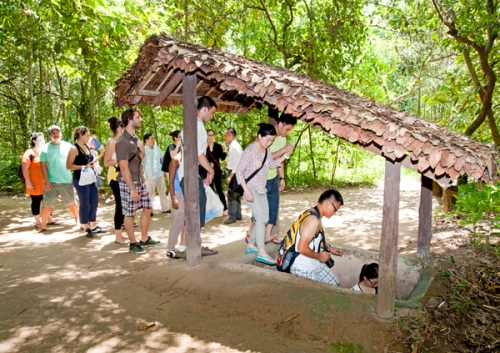 Source: history
|
|||
|
"SabaideeASEAN" |
|||